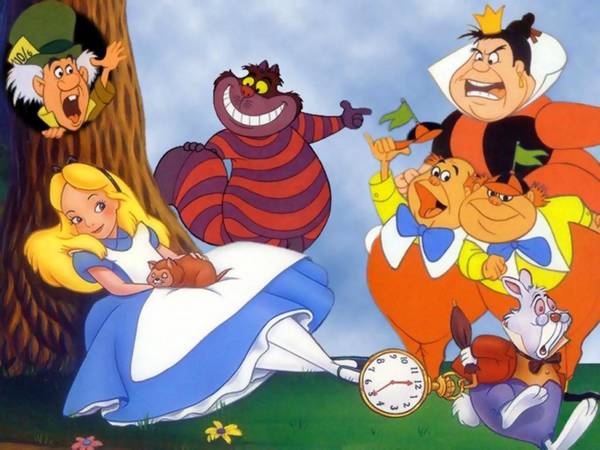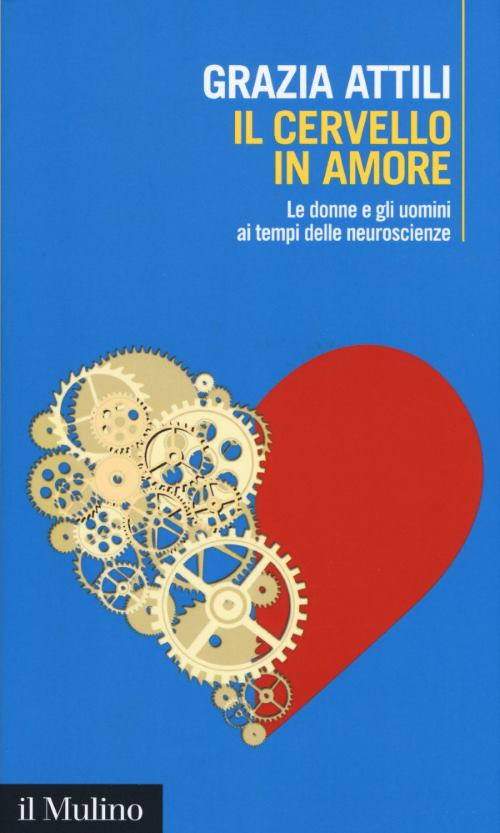Alice in Wonderland syndrome: people who suffer from it have a perception of the world and of themselves similar to that of Alice
Don't store avocado like this: it's dangerousHave you ever heard of the Alice in Wonderland syndrome? People who suffer from it have a perception of the world and of themselves similar to that of Alice, the protagonist of the famous tale by Lewis Carroll.
In English it is called ‘Alice in Wonderland Syndrome’ and abbreviated as 'AIWS'. Imagine suddenly realizing that your hands are getting bigger and your legs are stretching out of proportion as all the objects around you are getting smaller.
You are in your bedroom which now appears so small that it can be compared to a doll's house. People suffering from Alice in Wonderland syndrome face similar perceptions.
Alice in Wonderland syndrome is a neurological disorder that affects visual perception. It can be a temporary disorder, particularly when associated with migraines, seizures, or drug use. But the actual syndrome appears in childhood with no apparent cause.
In itself according to experts this syndrome it mainly affects children and it could be much more widespread than we think. People suffering from this syndrome suddenly can get the impression that their feet are getting smaller or that the arms and hands reach out as the rest of the world gets tiny.
Alice in Wonderland syndrome is also called Todd's syndrome named after the psychiatrist John Todd who detailed it in 1955 and spoke of a series of illusions and distortions of reality which concern the body and objects.
After crossing the rabbit hole Alice finds herself in a fantastic world, almost in an upside-down world where you can never be sure of the effects that what you taste will have.
It is a rather rare syndrome at the moment about which there are not many scientific studies. There is no cure. Patients do not undergo surgery and do not take medicines. Children usually maintain symptoms of this syndrome until they reach adolescence. Then the problem subsides and disappears.
In 2014 in the magazine Pediatric Neurology one appeared study about this syndrome in which it is highlighted that in children the average age of diagnosis is 8 years. The most common symptoms observed are micropsia (when objects and body parts appear smaller than they really are) e telopsy (when objects appear further away than they actually are).

Photo source: Movie Pilot

Photo source: Pinimg

Photo source: Tumblr

Photo source: Zoom
Further studies will be needed to fully understand this syndrome. Lewis Carroll's short story, "Alice Adventures in Wonderland," was published in 1865, when this syndrome had not yet been described by science, yet what happens to Alice recalls a neurological condition that does indeed exist. Sometimes reality, when we least expect it, surpasses fantasy.
Read also:
- The porcupine dilemma: what is the right distance to keep with others?
- How to practice non-attachment in daily life
- 15 tips for reading aloud to children
Photo source: Wikipedia


























